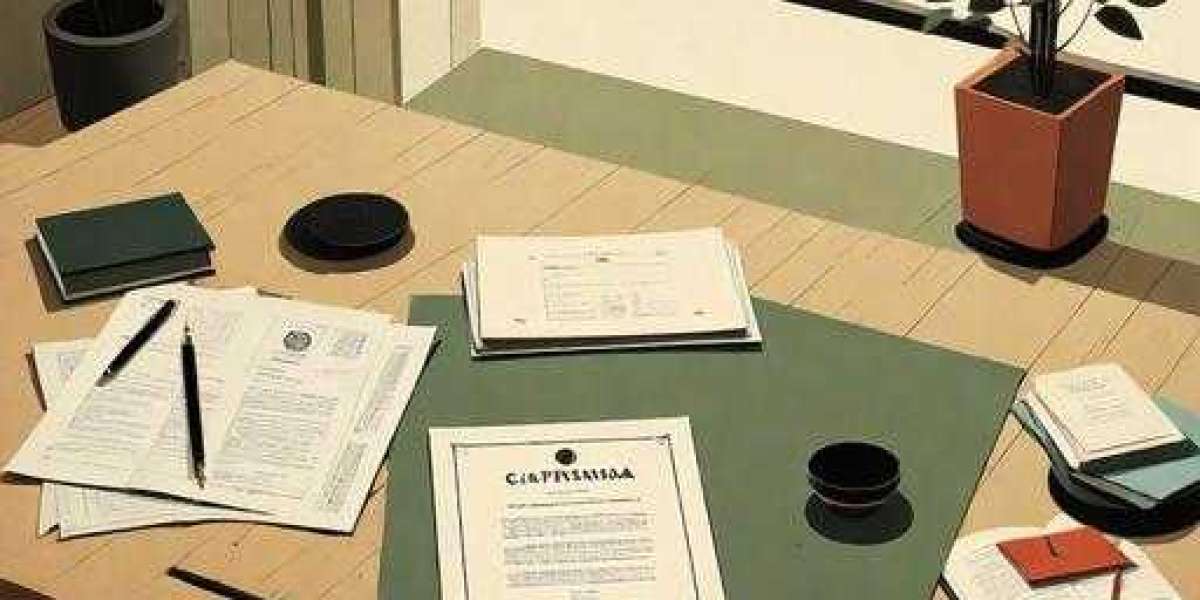Hydraulic steering gear is a crucial component of modern vehicles, providing smooth and responsive steering control. It utilizes hydraulic pressure to assist the driver in maneuvering the vehicle effortlessly. In this article, we will delve into the concept of hydraulic steering gear, its components, and how it works, shedding light on its importance in ensuring safe and efficient vehicle handling.
I. Understanding Hydraulic Steering Gear
A. Definition:
Hydraulic steering gear, also known as power steering, is a mechanism that aids in steering a vehicle by utilizing hydraulic power. It enhances the driver's control over the vehicle's direction by reducing the effort required to turn the steering wheel.
B. Types of Hydraulic Steering Gear:
Hydraulic Assist Steering: This system uses hydraulic pressure to assist the driver's effort in turning the steering wheel.
Hydraulic Power Steering: In this system, hydraulic pressure is generated by a power steering pump and used to assist the driver's steering input.

II. Components of Hydraulic Steering Gear
A. Power Steering Pump:
Function: The power steering pump is responsible for generating hydraulic pressure by circulating power steering fluid.
Operation: It is typically driven by the engine via a belt or pulley system and utilizes a rotary vane or gear mechanism to create hydraulic pressure.
B. Steering Gearbox:
Function: The steering gearbox, also known as the steering rack, is responsible for converting the rotational motion of the steering wheel into the lateral movement of the vehicle's front wheels.
Operation: It consists of a gear mechanism that translates the input from the steering wheel into the necessary steering motion. The gearbox is connected to the steering shaft and tie rods, which transmit the motion to the wheels.
C. Hydraulic Cylinder:
Function: The hydraulic cylinder, also known as the power steering cylinder, is responsible for applying hydraulic pressure to assist in turning the wheels.
Operation: The cylinder contains a piston that moves in response to hydraulic pressure, allowing for easy and precise steering control.
D. Power Steering Fluid:
Function: Power steering fluid acts as the medium for transmitting hydraulic pressure within the steering gear system.
Characteristics: The fluid needs to have excellent lubrication properties, high-temperature stability, and resistance to oxidation to ensure the smooth operation of the system.
III. How Hydraulic Steering Gear Works
A. Steering Wheel Input:
Driver Input: When the driver turns the steering wheel, the input is transmitted to the steering gearbox through the steering shaft.
Gearbox Translation: The steering gearbox converts the rotational motion of the steering wheel into lateral movement, determining the direction and amount of steering required.
B. Hydraulic Pressure Generation:
Power Steering Pump: The power steering pump circulates power steering fluid, creating hydraulic pressure.
Pressure Regulation: The pump's pressure relief valve ensures that the hydraulic pressure remains within the desired range.
C. Hydraulic Pressure Assistance:
Hydraulic Cylinder Activation: When the driver turns the steering wheel, the hydraulic cylinder is activated, applying hydraulic pressure to assist in turning the wheels.
Enhanced Steering Effort: The hydraulic pressure reduces the effort required from the driver, making it easier to maneuver the vehicle, especially at low speeds or while parking.

IV. Benefits of Hydraulic Steering Gear
A. Improved Steering Control:
Reduced Effort: Hydraulic steering gear significantly reduces the effort required to turn the steering wheel, enhancing driver comfort and reducing fatigue.
Responsive Handling: The power-assisted steering provides a more immediate response to steering inputs, improving the vehicle's handling and maneuverability.
B. Enhanced Safety:
Precise Control: Hydraulic steering gear allows for precise control over the vehicle's direction, increasing safety during maneuvers such as lane changes or emergency evasions.
Maintain Stability: The power assistance helps the driver maintain stability and control over the vehicle, especially in challenging driving conditions.
C. Versatility:
Variable Assistance: Some modern hydraulic steering systems offer variable assistance, adjusting the level of power assistance based on driving conditions and vehicle speed for optimal control.
Conclusion
Hydraulic steering gear is a vital component in modern vehicles, providing power assistance to the driver and enhancing steering control. Through the use of hydraulic pressure generated by the power steering pump, the steering gearbox, hydraulic cylinder, and power steering fluid work together to ensure effortless and precise steering. By reducing driver effort and improving maneuverability, hydraulic steering gear contributes to safer and more comfortable driving experiences.








